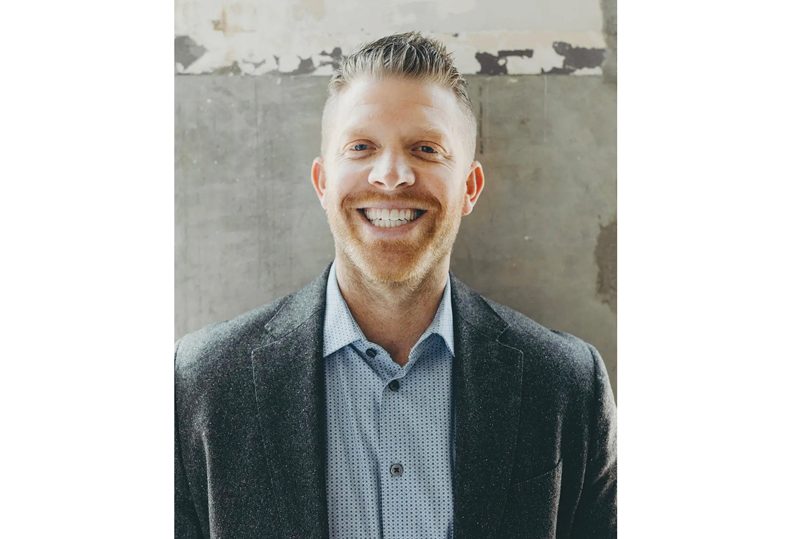
Emotion, inflation woes can hinder retirement plans
Underestimating lifespan also may imperil savings

Over the course of a nearly 20-year career working with hundreds if not thousands of retirement plans, it’s almost impossible not to recognize patterns.
Many of these patterns are wonderful. For example, most people are generous, love hard, and care deeply about those close to them. But something that never fails is what happens at the cross-section of one’s money and the things that are important to them.
It elicits an emotive response, as for better or for worse, their money is tied at the hip to their financial goals. It’s no wonder this leads us to make decisions when sometimes doing nothing is what’s best. When we see our account balances fluctuate up and down with the market over years of saving, investing, and eventually spending these dollars in retirement, it’s not a bucket of money that’s moving with the markets. It’s quite literally our hopes, dreams, and fears.
To this, I want to focus on two major fatal flaws I see in retiree investment outcomes, some good news, and a few conclusions.
According to famed investor and mutual fund manager Peter Lynch, “The key to investing in stocks is not to get scared out of them.”
Much easier said than done and that is exactly why it’s Lynch’s first rule of investing. I could show you all sorts of fancy charts showing the S&P 500 performing an average of nearly 9.5% annually over time. I could also show you some of the market crashes one would have had to live through to get the full upside of the market.
The key here is understanding how much exposure you should have based on what your retirement plan says, but how much you can handle from an emotive standpoint.
Risk tolerance has multiple layers to it.
The second pattern I see is people underestimating how long they will live. I’ve got a wonderful client who recently had to stop skiing at age 85. I’ve got another client who swore he’d pass away from heart disease at age 72, and he’s now north of 80 doing well.
The bad news with the above compounds the rising cost of goods over time. I spoke with a client recently who asked about the idea of passive income: “How do we create this? And we don’t want to fix pipes for a rental we own.”
Nick Murray, a behavioral financial advice expert who I reference often, lays out maybe one of the most simplified and compelling visuals to demonstrate the answer here. He calls it the 62-year scorecard.
Each year at this time, we consider the performance of the mainstream equity market—absolutely, and relative to consumer inflation—in the lifetime of a person reaching average retirement age of 62 during the coming year.
Clients turning 62 in 2024 were born in 1962—the year the Beatles auditioned for Decca Records and were rejected, John Glenn became the first American to orbit the earth, Marilyn Monroe died, the New York Yankees won the World Series for the twentieth time, and—in the Cuban Missile Crisis—the world came closer to thermonuclear oblivion than at any time before or since.
So we ask three questions:
• Where did the S&P 500 close out the year just past, relative to where it ended in 1962?
• Critically important to our clients on the cusp of retirement: How much did the index pay in cash dividends last year versus 1962?
• And what may matter most in a two-person, three-decade retirement: How did both price performance and the trend of dividend payments compare to consumer inflation?
And the answers:
• The S&P 500 closed out 1962 at 63. It ended this past year at 4,770.
• The cash dividend paid out during 1962 was $2.15. Last year it was $70.30.
• The Consumer Price Index ended 1962 at 30. It closed out 2023 at 307.
If you save well and eventually make work optional, the battle is keeping up with the rising cost of your life over time. Based on the above, it’s tough to argue against the ability for a dividend-focused investor to maintain their lifestyle over a 30-year retirement.
2023 was a wonderful reminder to me that nobody knows anything about sequence of returns or, in other terms, the randomness of stock returns. Stocks go up over time; we simply can’t easily predict when and why. All I know is that it works over time, and I don’t have to fix any leaky pipes along the way.
Finally, a long-term investment plan anchored in your values, a relationship with an adviser that genuinely cares about you and communicates with you regularly—and comes alongside you when things get choppy—is the pattern that I see creating the most successful outcomes over time. But hey, it’s just one person’s perspective.
Dave Gordon is director of retirement planning at Ten Capital Wealth Advisors LLC, in Spokane. He can be reached at 509.325.2003, and dave@tencapital.com.
Special Report Banking & Finance



![Brad head shot[1] web](https://www.spokanejournal.com/ext/resources/2025/03/10/thumb/Brad-Head-Shot[1]_web.jpg?1741642753)
